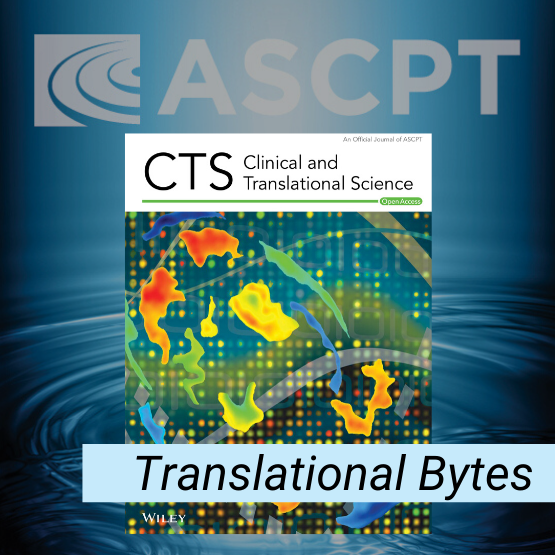Author: Valentina Shakhnovich, MD on September 06, 2017 
Tell me if this sounds familiar: after a stroke of genius, you come up with an important, clinically relevant, scientific question. You spend months perfecting the proposal and study design, maybe even generate some preliminary data! If the academic and financial stars align, YOU SECURE FUNDING to execute your work. If not, you manage to beg, borrow, grovel, and hopefully not steal, to go through with your research. Countless man-hours, nerve-racking unexpected bumps in the road, and trials and tribulations later, you deliver on every dollar and cent worth of results. Except, the results are negative.
I bet you know what happens next…
- anger
- denial
- despair
- some reanalysis
- more despair
Sound familiar?
If you’ve gone through all 5 stages of grieving1, plus critical reanalysis of your “failed” experiment, and are still convinced that the study design, execution, and analysis were solid, but your hypothesis simply isn’t true, then Clinical and Translational Science (CTS) has a special place for your research.
I know I sound like a pep-talk, but negative results are not always bad, as long as the science is good. We have all been there (and if you haven’t yet, I hate to break it to you, but it’s going to happen). So, embrace your negative results, find their clinical relevance, and submit your negative results to CTS.
If you are unsure of what good negative results look like, check out “Lessons Learned from Alzheimer's Disease Clinical Trials with Negative Outcomes,” by Jeffrey Cummings, recently published in CTS.
Reference:
1. Kübler-Ross, E. (1993). On death and dying.

The comment feature is locked by administrator.